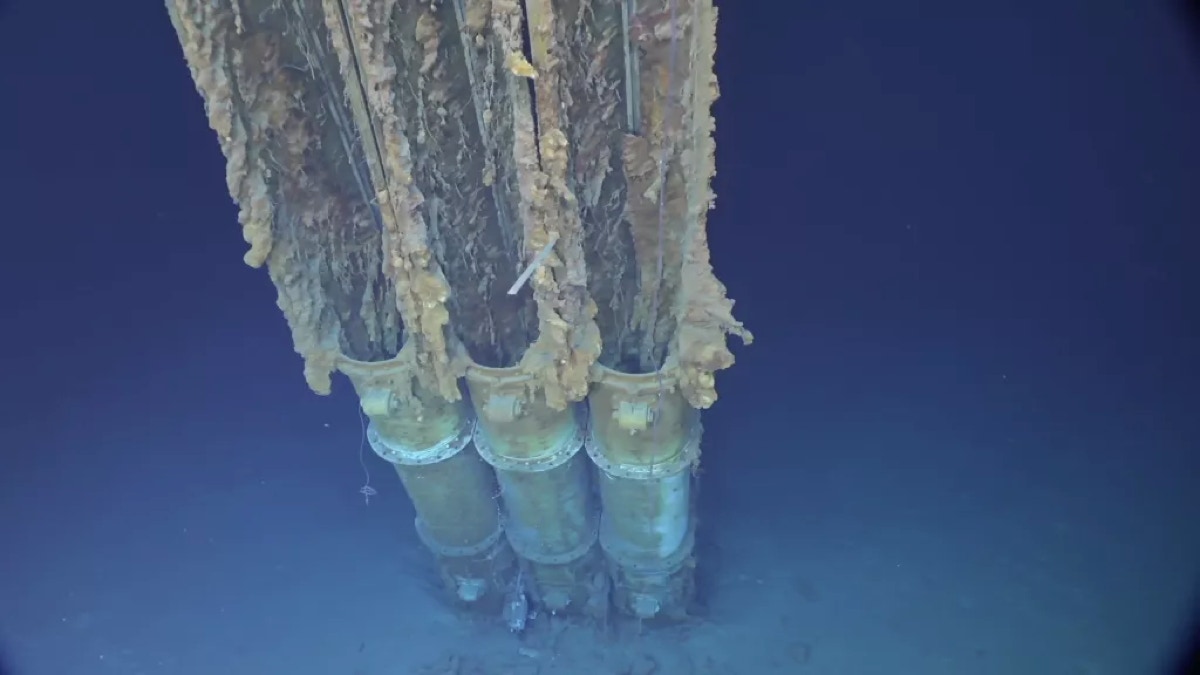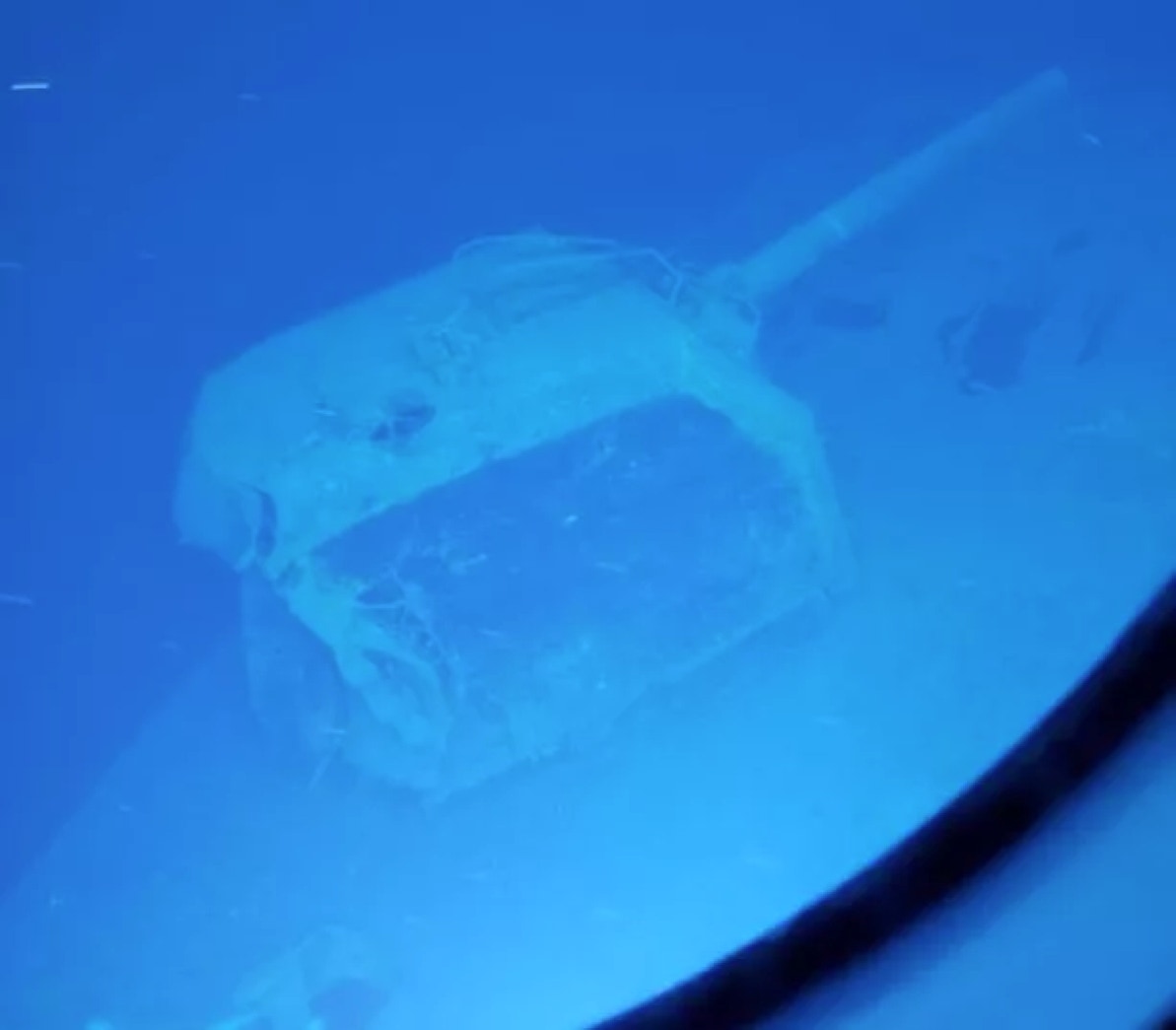




Knowledge
World's deepest shipwreck found — a US navy warship sunk in biggest sea battle of WWII
By Ben Turner published
The USS Samuel B. Roberts was found at a depth of over 20,000 feet.
Explorers have discovered the world’s deepest shipwreck after 78 years: a U.S. Navy destroyer escort that sank during World War II’s biggest naval battle.
The explorers found the U.S.S. Samuel B. Roberts, nicknamed “Sammy B”, 22,916 feet (6,985 meters) below the surface of the Philippine Sea near Samar, the third largest island of the Philippines. The wreck had snapped in half, and the two pieces lie just 33 feet (10 meters) apart.
The ship sank during the final phase of the Battle of Leyte Gulf in October 1944, in which the U.S. Navy defeated a far larger Japanese force. The Japanese navy suffered its biggest loss of ships and was frustrated in its attempts to dislodge U.S. forces from Leyte — an island invaded by the U.S. as a part of the Pacific War.
“It was an extraordinary honor to locate this incredibly famous ship, and by doing so, have the chance to retell her story of heroism and duty to those who may not know of the ship and her crew’s sacrifice,” Victor Vescovo, a former Navy commander and one of the wreck’s discovers, said in a statement.
Historical descriptions of the wreck’s location were vague, so finding the ship wasn’t easy, according to the explorers. To locate the wreck, they searched through historical documents to narrow down the search area, and deployed the deepest side-scan sonar device ever used, which was mounted on a submarine capable of taking it up to 36,000 feet (11,000m) below the ocean’s surface.
During the Battle of Leyte Gulf, the U.S. lost two destroyers, two escort carriers, a light carrier, a destroyer escort, 255 aircraft and more than 1,000 men. Japanese losses were substantially higher, including one fleet carrier, three light carriers, three battleships, six heavy cruisers, four light cruisers, 11 destroyers and roughly 300 aircraft in the four-day battle, along with roughly 12,500 men. These losses forced Japan’s Vice Admiral Kurita Takeo to lead a retreat from the battle aboard the battleship Yamato. As the U.S. occupation of the Philippines cut Japan off from its oil supplies in Southeast Asia, the fight proved instrumental in the total destruction of the Japanese navy as a fighting force, according to Pennsylvania State Universit(opens in new tab)y.
Sammy B performed a notable role in the fighting. The destroyer escort launched three torpedoes at the Japanese heavy cruiser Chōkai, landing a hit with one that blew off the enemy ship’s stern. Sammy B exchanged fire with other Japanese ships for more than an hour, completely depleting its ammunition and setting the bridge of another heavy cruiser, the Chikuma, ablaze. Then, three 14-inch (35.6 centimeters) shells from the battleship Kongō ripped a 40-foot (12m) long hole in Sammy B’s stern, sending seawater flooding into its aft engine room. Of the crew who were given the order to abandon ship, 89 died and 120 survived, including the captain, Robert W. Copeland, according to the explorers.
The previous title holder for the world’s deepest shipwreck was the U.S.S Johnston, which fought in the same battle and was found in 2019 at a depth of 20,400 feet (6,218 meters).
Originally published on Live Science.

